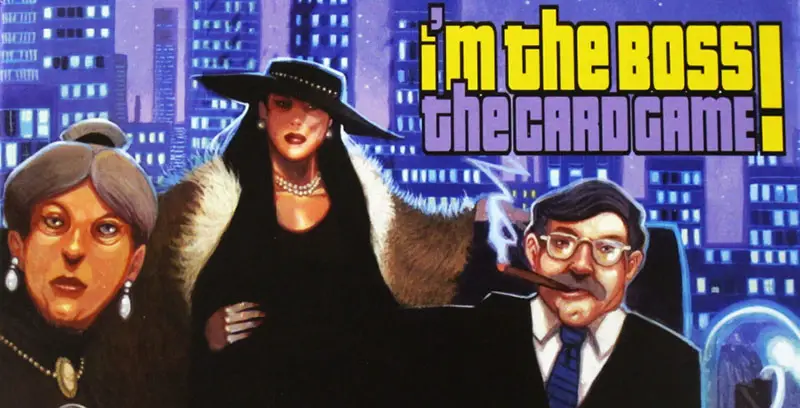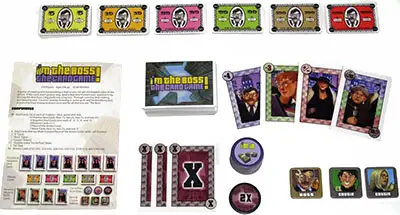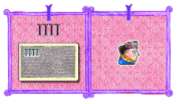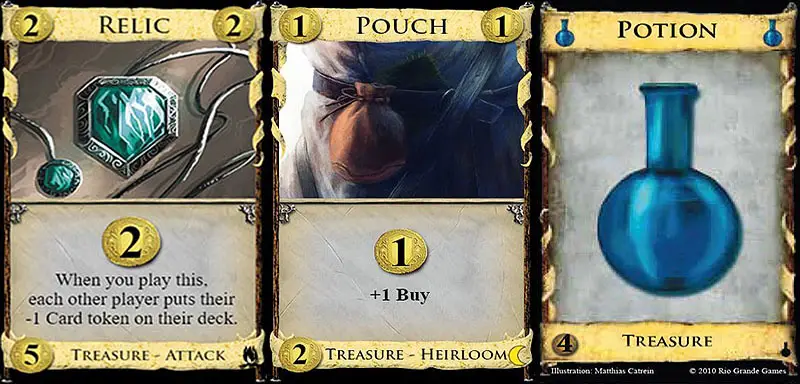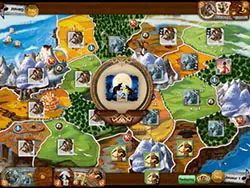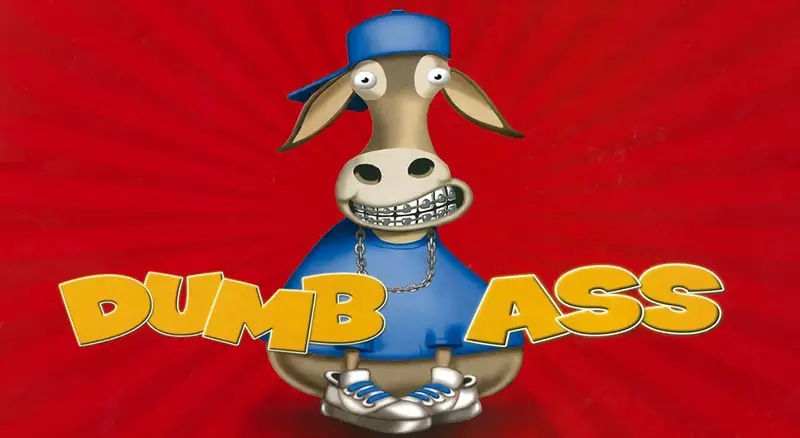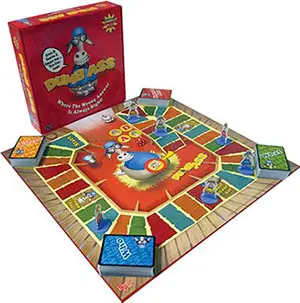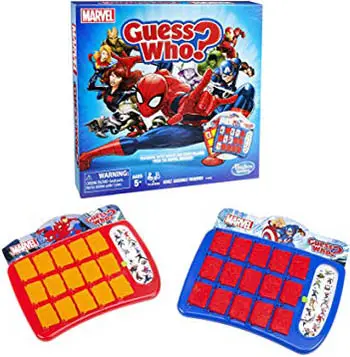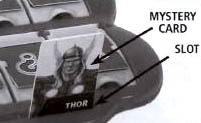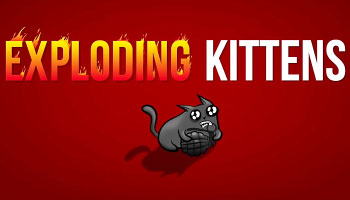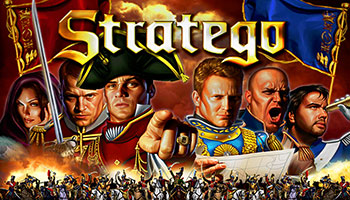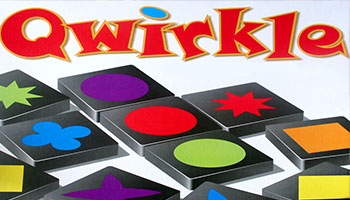
Town Hall is a different way to play Tiny Towns that introduces the Resource deck and changes the way resources are selected during the game.
Assign 1 player to be the Mayor, who will draw Resource cards to determine which resource all players will place.

Game Play
Shuffle the 15 Resource cards to form a draw pile, and discard the top 5 cards face-down to a discard pile.
-
The Mayor starts the game by drawing the top Resource card from the draw pile and placing it face-up on the table. Players must place the resource shown on the card in their town. …


